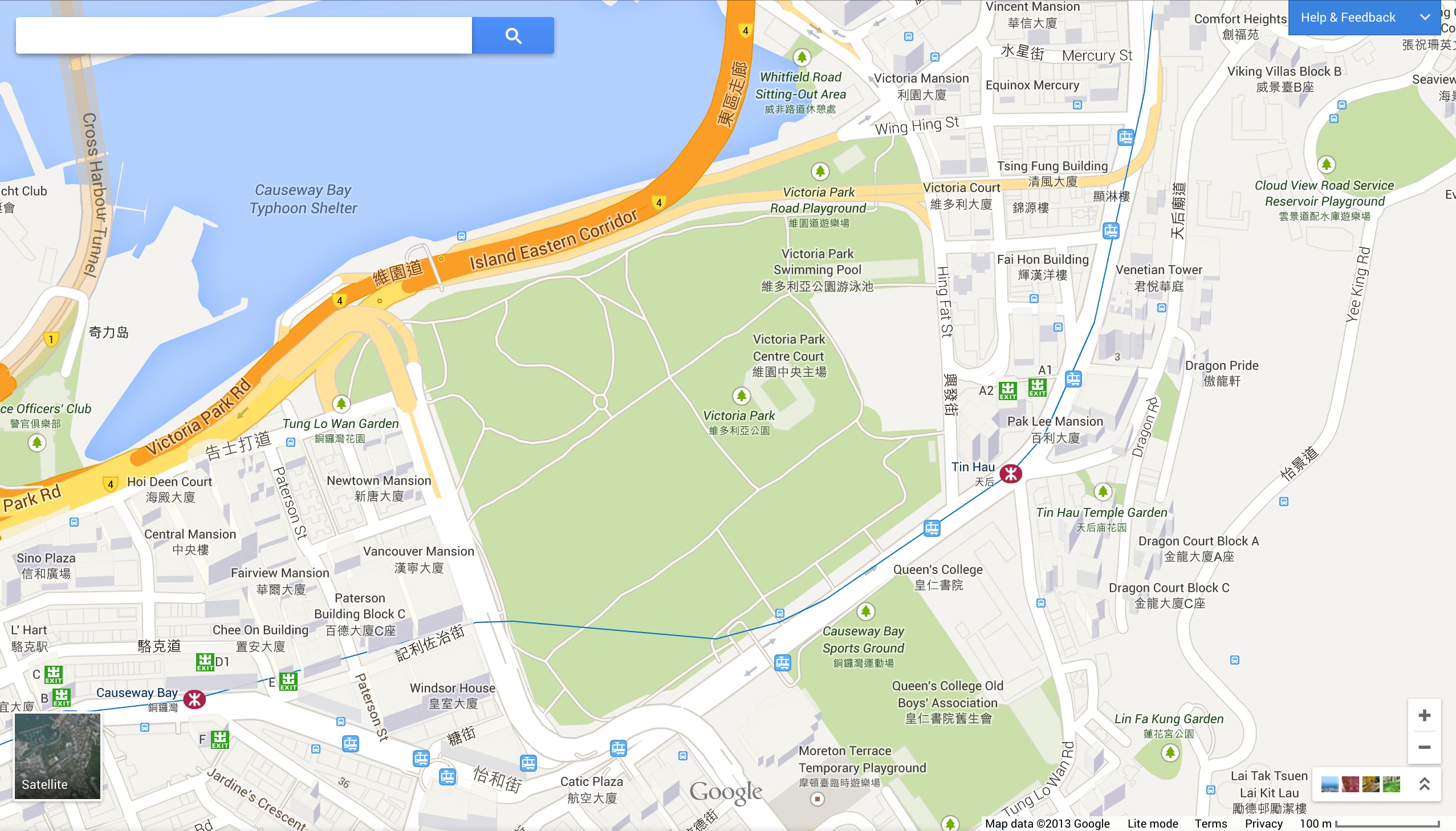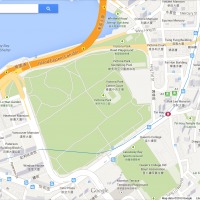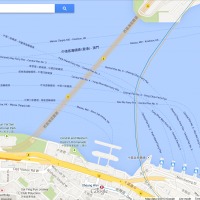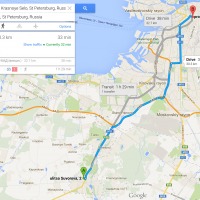
Satellite imagery and automated systems can only do so much in capturing relevant mapping data, such as open roads, walkways, and transportation lines. That is why Google launched its Ground Truth project to improve the reliability of Google Maps through a mixture of algorithms and good old human elbow grease.
Unveiled last May, the Ground Truth initiative adds a factor of human labor in ensuring the accuracy of Google Maps data. It allows users to report a factual issue that they find on a local map. When there is a conflict between data that has been acquired by Google through various automated sources and data reported by anonymous users, Google will employ a specially trained Ground Truth operator to verify it by analyzing data gathered from Street View.
Through this new system, Google was able to build better maps of places such as Russia and Hong Kong. Google was able to add walkways to Hong Kong’s famous Victoria Park, as well as harbours and even ferry routes in Hong Kong’s Central and Westerd Districts. They have also updated street names and turn restrictions in as much as 50 towns in Russia, even going as far as adding walk paths, named roads, and building labels for the Moscow State University, the country’s oldest and largest university. If you’re curious about the Ground Truth initiative, you can check out the 40-minute video from Google I/O below.
Whether you consider it common sense or a stroke of genius, Ground Truth is beginning to help change and improve Google’s map of the world with a little help from us humans. The updated maps should roll out to apps that make use of the Javascript, Android, and iOS API so no manual user intervention is necessary.
SOURCE: Google Geo Developers













